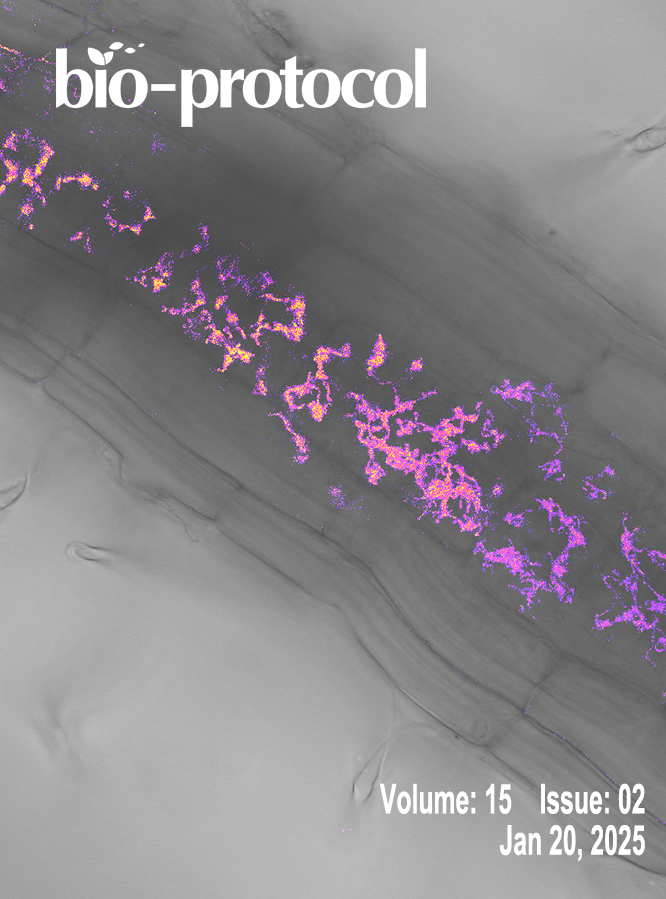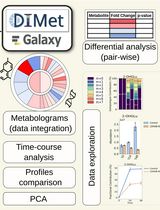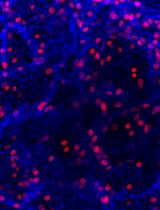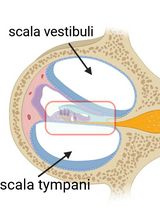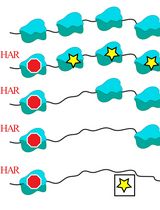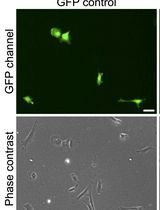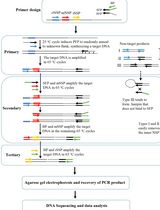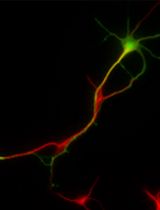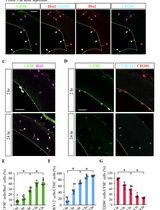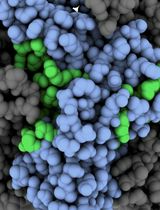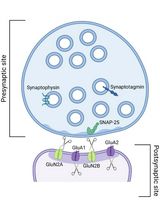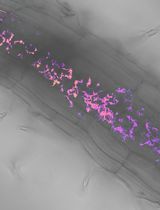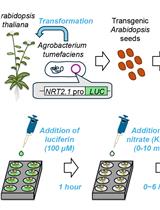往期刊物2025
卷册: 15, 期号: 2
生物信息学与计算生物学
Using DIMet for Differential Analysis of Labeled Metabolomics Data: A Step-by-step Guide Showcasing the Glioblastoma Metabolism
基于DIMet的标记代谢组学数据差异分析:以胶质母细胞瘤代谢为例的分步指南
生物工程
Cloning a Chloroplast Genome in Saccharomyces cerevisiae and Escherichia coli
在酿酒酵母和大肠杆菌中克隆叶绿体基因组
生物科学
Mouse Model of Lipopolysaccharide (LPS)-Induced Pulpitis
脂多糖(LPS)诱导牙髓炎的小鼠模型
癌症生物学
An Optimized Protocol for Simultaneous Propagation of Patient-derived Organoids and Matching CAFs
优化的患者来源类器官与匹配癌相关成纤维细胞同步培养方案
细胞生物学
Cochlear Organ Dissection, Immunostaining, and Confocal Imaging in Mice
小鼠耳蜗器官解剖、免疫染色及共聚焦成像
Flow-based In Vivo Method to Enumerate Translating Ribosomes and Translation Elongation Rate
基于流式的体内方法测定翻译核糖体数量及翻译延长速率
发育生物学
An Efficient Method for Immortalizing Mouse Embryonic Fibroblasts by CRISPR-mediated Deletion of the Tp53 Gene
通过CRISPR介导的Tp53基因敲除高效永生化小鼠胚胎成纤维细胞
分子生物学
Protocol to Retrieve Unknown Flanking DNA Using Fork PCR for Genome Walking
利用叉式PCR进行基因组步移以扩增未知侧翼DNA的实验方案
神经科学
Primary Neuronal Culture and Transient Transfection
原代神经元培养与瞬时转染
FlashTag-mediated Labeling for Intraventricular Macrophages in the Embryonic Brain
基于FlashTag的胚胎脑室内巨噬细胞标记方法
Using Protein Painting Mass Spectrometry to Define Ligand Receptor Interaction Sites for Acetylcholine Binding Protein
利用蛋白涂层质谱技术解析乙酰胆碱结合蛋白的配体受体相互作用位点
Mouse-derived Synaptosomes Trypsin Cleavage Assay to Characterize Synaptic Protein Sub-localization
基于小鼠突触体的胰蛋白酶切割实验解析突触蛋白亚细胞定位
植物科学
Utilizing FRET-based Biosensors to Measure Cellular Phosphate Levels in Mycorrhizal Roots of Brachypodium distachyon
利用基于FRET的生物传感器测量丛枝菌根共生黑麦草根中的细胞磷水平


